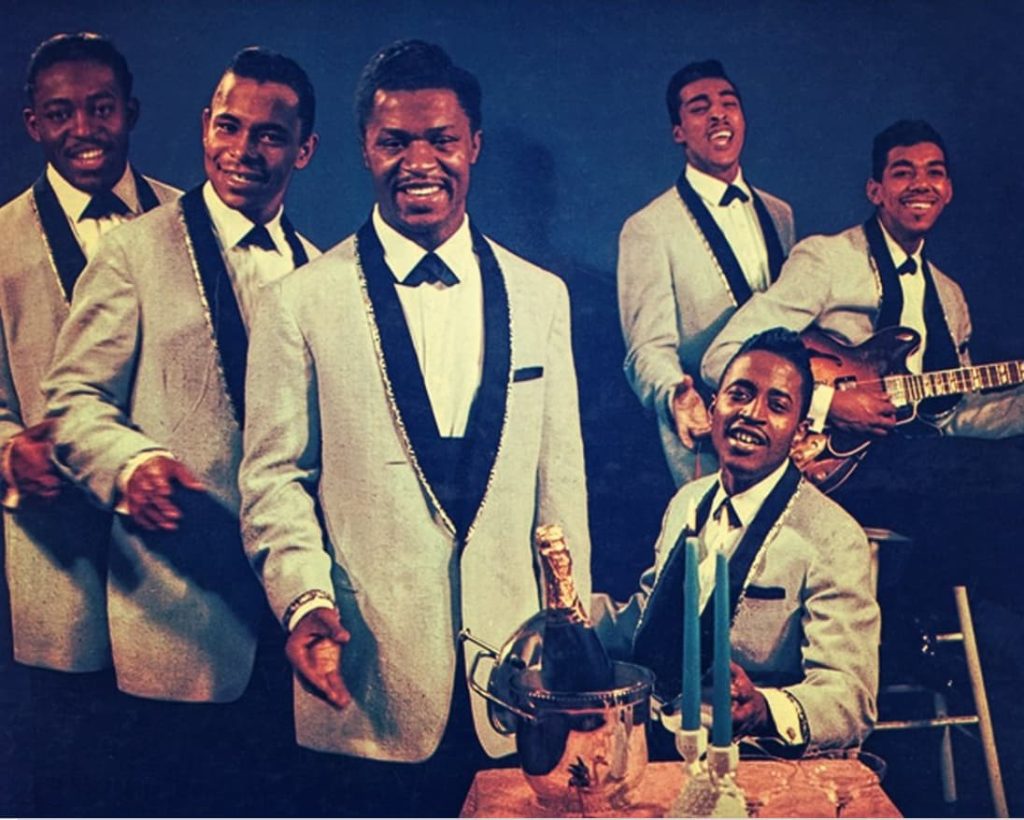
When Love Blinds All Else: The Timeless Echo of The Flamingos’ “I Only Have Eyes for You”
A Song of Love’s Singular Vision
In the tender haze of 1959, The Flamingos released “I Only Have Eyes for You”, a doo-wop masterpiece that climbed to number 11 on the Billboard Hot 100 and nestled at number 3 on the Hot R&B chart. For those of us who remember the days when jukeboxes glowed in diner corners and transistor radios crackled with static, this song wasn’t just a hit—it was a heartbeat. It captured love’s ability to render the world invisible, leaving only the beloved in focus, a sentiment as potent now as it was then.
The story behind this classic is as dreamy as its sound. Originally penned in 1934 by Harry Warren and Al Dubin for the film Dames, the song shimmered in the voices of Dick Powell and Ruby Keeler, but it was a different era—one of big bands and ballroom sways. Fast forward to the late 1950s, and The Flamingos, a Chicago quintet steeped in gospel and street-corner harmonies, took this old standard and bathed it in a new light. Under the guidance of Terry “Buzzy” Johnson, who arranged and co-produced the track, the group recorded it at Bell Sound Studios in New York. Johnson, inspired by a late-night epiphany—guitar on chest, chords drifting into a dream—reimagined the song with a haunting reverb and those unforgettable “sha bop sha bop” backing vocals. It was a risk, a departure from the vanilla renditions of yesteryear, and it paid off. DJs, initially hesitant, caught wind of its magic, and soon it was spinning across airwaves, a sleeper hit from the Flamingo Serenade album that no one saw coming.
At its core, “I Only Have Eyes for You” is a love letter to obsession, to that sweet myopia where the stars, the moon, and the bustling avenues fade into a blur. “My love must be a kind of blind love,” sings Nate Nelson, his voice floating like a whisper on a summer night, “I can’t see anyone but you.” For those of us who’ve lived long enough to know love’s dizzying pull, it’s a line that tugs at the memory—maybe of a first dance, a stolen glance across a crowded room, or the quiet of a porch swing under a sky we never bothered to notice. The song doesn’t just describe romance; it drowns you in it, wrapping you in a cocoon where the outside world ceases to matter.
There’s more to this tale, too. Picture Jake Carey, the bass singer, perched on a stack of phone books in the studio, grumbling but grinning, because the mic wouldn’t bend to his height. Or consider its afterlife—immortalized in films like American Graffiti and The Right Stuff, its ethereal quality lending itself to moments of nostalgia and longing on screen. By 2003, it earned a Grammy Hall of Fame nod, and Rolling Stone later ranked it 157 on their “500 Greatest Songs of All Time.” Art Garfunkel’s 1975 cover took it to number one in the UK, proving its legs stretched far beyond the Eisenhower years.
For those of us who grew up with vinyl crackling on turntables, “I Only Have Eyes for You” is a portal back to simpler times—when love felt like a melody you could hold onto, when summer nights stretched endless, and when a song could stop the world just long enough to let you feel it all. It’s not just a tune; it’s a time machine, a soft echo of youth, and a reminder that some loves, like this song, never fade.